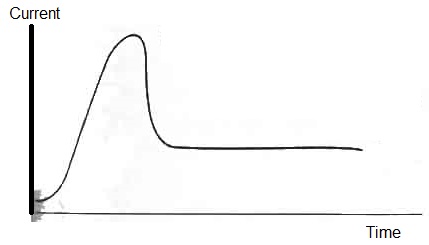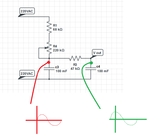shady_engineer
Newbie level 3
Hey Guys
I want to build a motor speed regulator circuit and I've came across this schematic:

Before I build it I want to understand how it works in case if I wanted to customize it. Could someone help me
understand what the following parts of the circuit exactly do:
**broken link removed**
Thanks in advance to anyone who answers :wink:
I want to build a motor speed regulator circuit and I've came across this schematic:

Before I build it I want to understand how it works in case if I wanted to customize it. Could someone help me
understand what the following parts of the circuit exactly do:
**broken link removed**
Thanks in advance to anyone who answers :wink:

